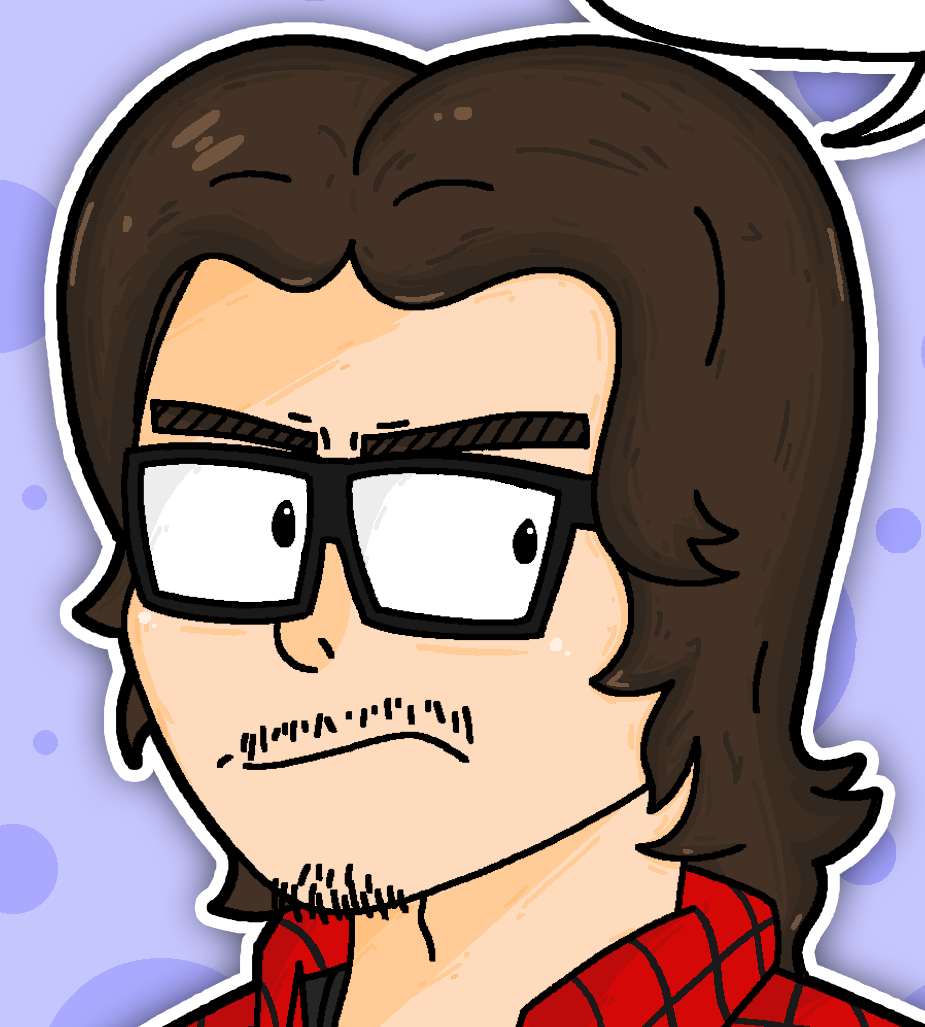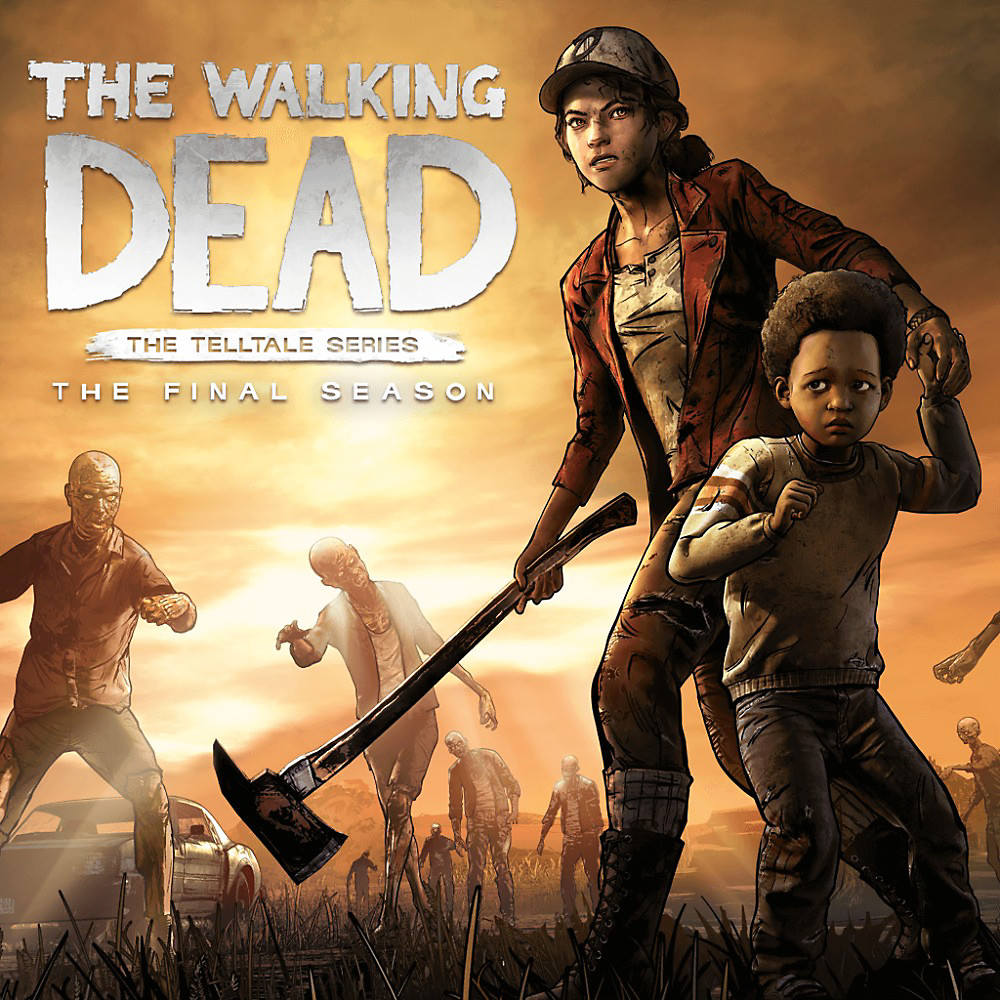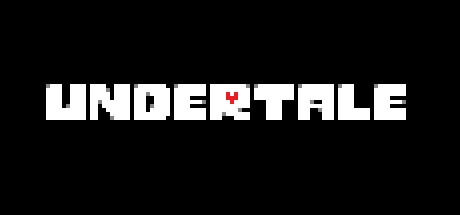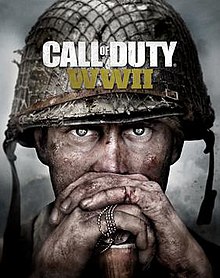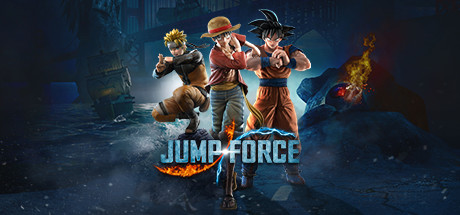In response to our brief, our task was to create an Animatic for our game story. This here is the process of how I created said animatic, which required a lot of pre-production. I followed a script I made and voiced the animatic myself whilst also modifying my voice.
Script (Click for script)
To begin, I had to make a script to structure it all. When starting this project I instantly knew I didn’t want to have any character dialogue. Instead, I wanted to have someone narrate a story of the characters as I felt like it was better suited for this kind of story due to it being about 3 characters who play equal roles. I started with writing the dialogue before including little sub-notes stating what sounds should be played and what would happen at that particular moment. This was useful as it structured the entire animatic with words which helped me better understand the vision I had for the animatic.
Storyboard (Photoshop)
Here we have a storyboard. Having only done concept art for one of the 3 characters made it a little more difficult as I had to improvise on the look for the other 2 characters. As for that, I never planned to include many backgrounds as I felt it was a little unnecessary for a narrator explaining the story. I did this all in photoshop as I was most familiar with the application. It also provided me with a lot of the helpful tools such as the brush tool and the ruler tool for precise measurements when it came to drawing the faces. I decided to do this digitally too as I felt it was easier to manipulate, plan and draw.

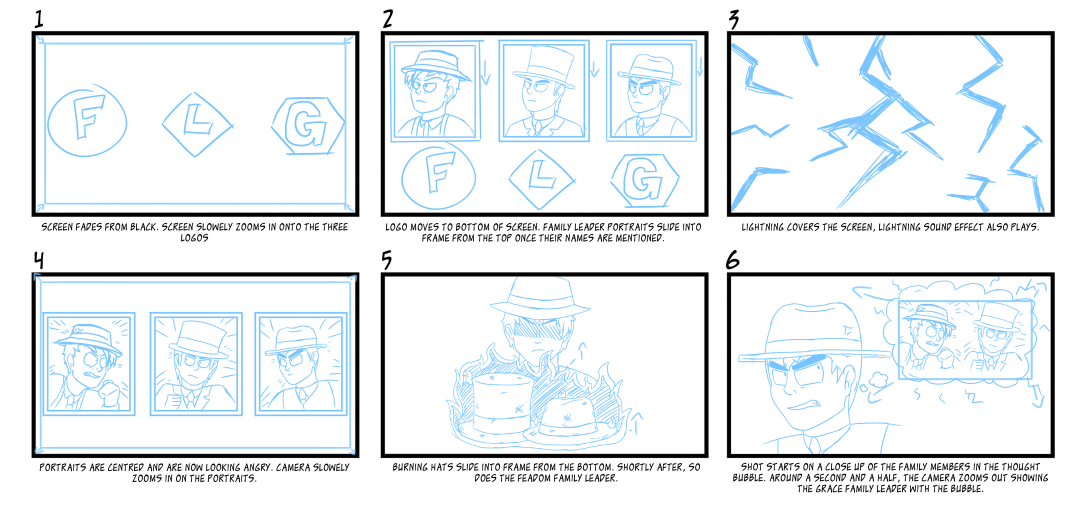
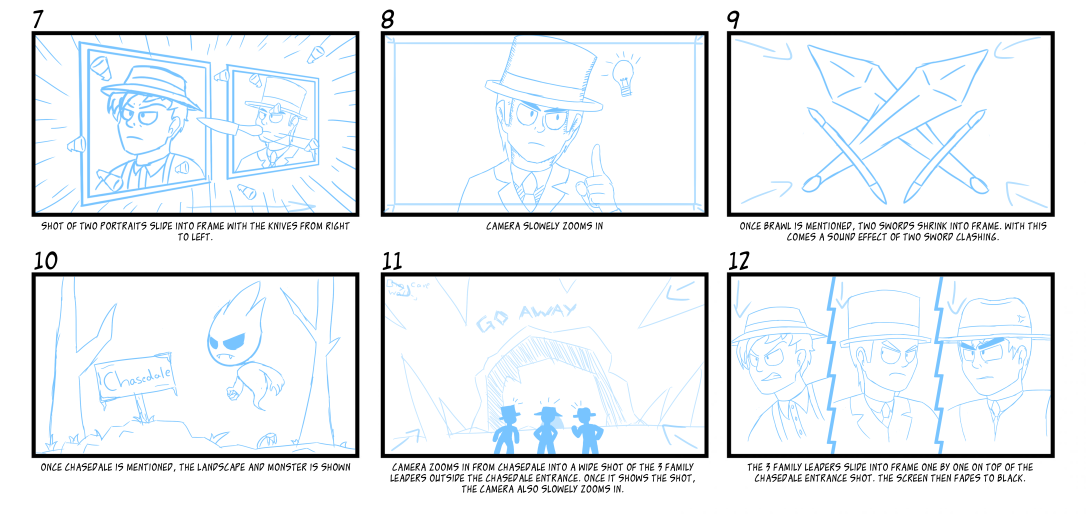
Voice over (Audacity)
After that, I went onto voicing the script. Me being the voice for the video, I wanted to go for a deep voice. I thought adding character dialogue wouldn’t really fit the atmosphere of the game as much so instead I preferred a narration over the family story. I chose a deep voice as I thought it would work well. It’s not 100% what I was going for but it was the best I could get it. I achieved this by recording my voice in Audacity, (an audio editing software) and lowering the pitch of my voice. Later I then exported them as mp3 files.
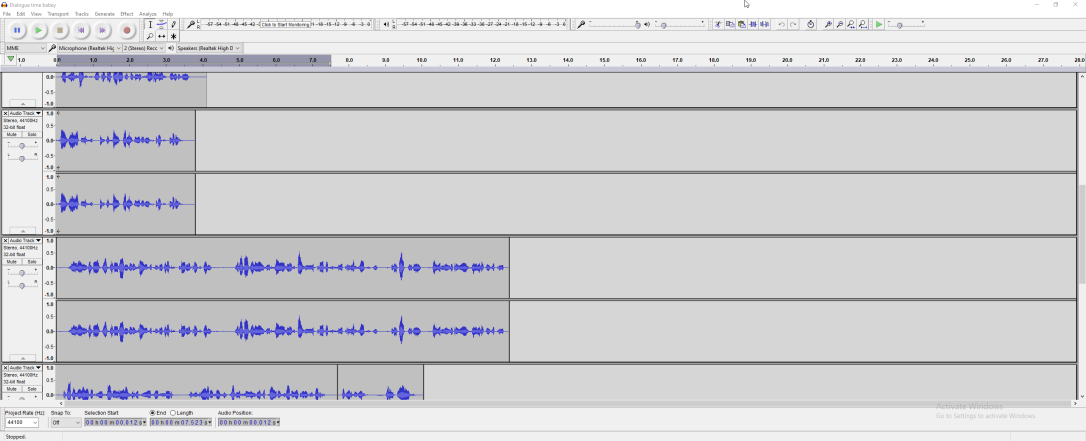
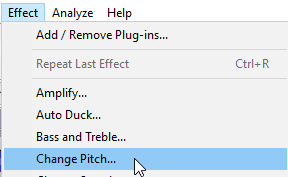

Animatic (Premiere Pro)
Once that was done, it was time to turn it into an animatic. I imported all of the images from photoshop onto Premiere Pro and placed them accordingly to fit the storyboard. Instead of using still images I decided to use moving imagery instead to emphasise on the mood of the animatic. It’s more accurate on what I want to happen and it looks nicer too. When doing this, I seemed to struggle a lot with the keyframing in premiere pro as the motion curves work differently then After Effects for example. I chose premiere pro over After Effects as it runs better for me.

To this day I’m still unaware of how the graph editor on premiere pro works as it made it harder for me to get the smooth movement I wanted. Thankfully there were presets that helped me when keyframing the images which helped.
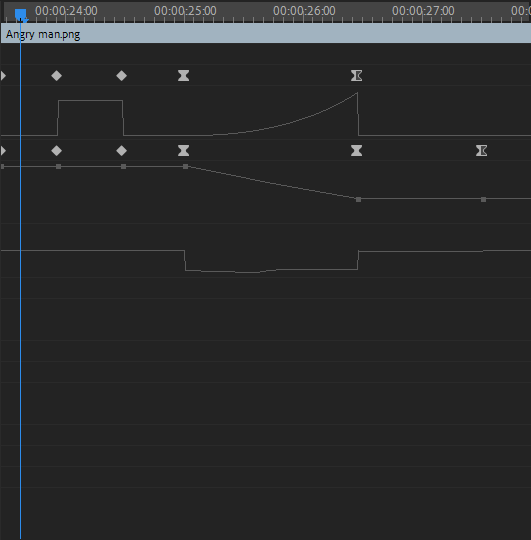
Music and sound
Choosing the music was another thing that was difficult as I originally didn’t have an idea of what kind of music I wanted. All I knew was that I wanted music. I eventually chose 2 different music pieces that resembled an orchestra. I thought this was fitting for the 3 characters together as it starts comfortable when the narrator begins, then it sounds rough and slightly chaotic when their dispute is mentioned. I did this to emphasise on the tone of the situation. A problem I have with this though is that I don’t think the 2 music scores transition well when they change over. I think this is due to the tempo of the music being slightly different. I originally had a different score for when the animatic mentions the dispute but I figured it was too quiet for the sound effect that takes place.
And as for sounds, I didn’t create the sounds myself, but I did use a combination of a few swords clashing sounds to create a noise. Either way, I felt that the animatic was better off with fewer sounds. Creating these sounds myself would have proven very difficult.
Overall I think the animatic went well. I do like the quality of it and how it isn’t conveyed by still imagery, but rather, moving images as it gives it more attitude. The storyboard hopefully follows the principles that industry storyboards use and I feel the music is quite fitting. Though despite this, I think it could use a little more work to better understand what’s going on, e.g the shots with the burning hats and the knives on the painting. People may not understand that it’s to represent the hate these characters have towards each other. The one big thing I should improve on is the time. This sort of thing should have taken me a day or 2 but instead, it took around 4 or 5. This is due to me being a perfectionist and is something I should work on. And lastly, i probably should have included time stamps on the storyboard as it would make more sense on when these actions should occur.
